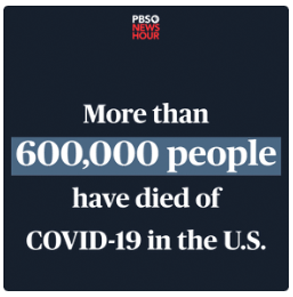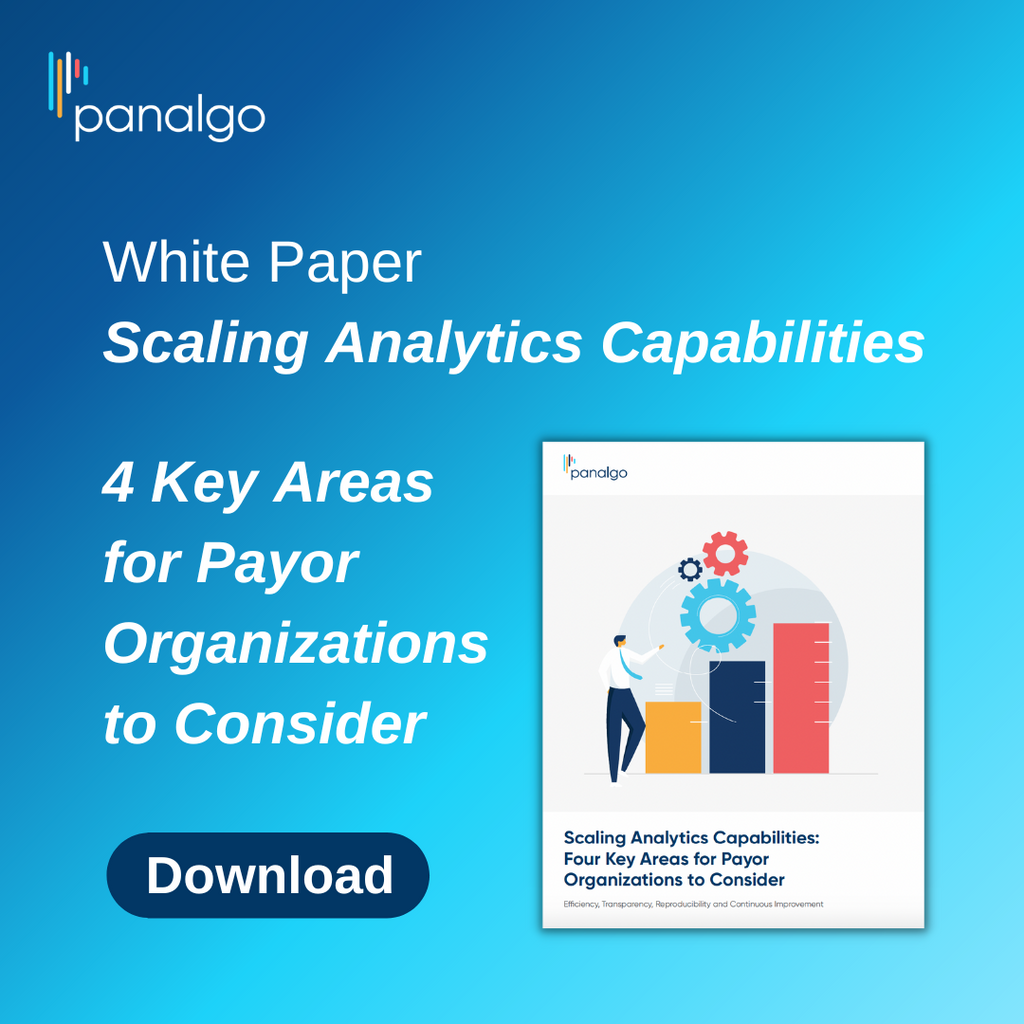Health Plan Weekly
-
Analysts Shrug at UnitedHealth’s 2Q, Predict Greener Pastures in 2025
Although multiple Wall Street analysts deemed UnitedHealth Group’s second-quarter financial results “messy,” they also suggested that the company’s near-term stumbling blocks are largely eclipsed by the prospects of a more favorable 2025.
The “messy” moniker — used by Bernstein Research’s Lance Wilkes, Raymond James’ John Ransom and Wells Fargo’s Stephen Baxter — largely refers to UnitedHealth’s adjusted medical loss ratio (MLR) of 84.5% in the quarter. During UnitedHealth’s July 16 earnings conference call, Chief Financial Officer John Rex said that figure included an impact of 40 basis points, or $290 million, related to the suspension of some care management activities after the Change Healthcare cyberattack that hit the claims-processing subsidiary earlier this year.

-
Panelists Take Stab at Fixing the Medicare Advantage Payment Problem
Citing a Medicare Payment Advisory Commission (MedPAC) estimate that the government pays about 22% more for Medicare Advantage enrollees than it would if they were enrolled in traditional Medicare, participants in a July 10 panel discussion all agreed that the way MA plans are paid needs to be fixed. However, those panelists — each with ties to MedPAC — had very different views about what those changes should look like, underscoring how difficult it will be to get stakeholders to agree on any reforms even as scrutiny of MA intensifies.
“What’s the diagnosis — in other words, what problem are we trying to solve?” Francis Crosson, M.D., queried during the Virtual Fifth National Medicare Advantage Summit, which was livestreamed from July 9-12. “Is it that the current MA payment methodology is fatally flawed and must be replaced now? Or, MA costs the Treasury too much compared to traditional Medicare? Or, MA costs too much because of a broken risk adjustment process, which if fixed, would solve the cost problem?”

-
Study Underscores Challenge of Fixing Provider Directory Woes
A new paper published in BMC Health Services Research by researchers from the University of Colorado found that national provider directories are highly inaccurate — yet another data point confirming payers’ self-described difficulties assembling accurate provider directories. One of the paper’s authors tells AIS Health, a division of MMIT, that he thinks the problem is unlikely to be solved soon.
The paper compared providers listed in the online directories of five large insurers (UnitedHealth Group, Elevance Health, Inc., The Cigna Group, CVS Health Corp.’s Aetna, and Humana Inc.) to the Medicare Provider Enrollment, Chain, and Ownership System (PECOS) database — and found that more than 70% of all studied provider data was not consistent across insurers.

-
Medicare-Medicaid Enrollees Increasingly Choose Medicare Advantage Plans
The number of dual eligible beneficiaries — people who are enrolled in both Medicare and Medicaid coverage — increased from 10.4 million in 2016 to 12.8 million in 2024. And a growing share of them chose a private Medicare Advantage plan rather than a traditional fee-for-service Medicare plan, according to a recent analysis from The Commonwealth Fund.
Dual eligible enrollees typically require more intensive and costly health care than the average Medicare enrollee. To qualify as a dual enrollee, a person must be at least 65 years old or have a qualifying disability or medical condition, have a low income and limited resources. Between 2013 and 2021, the percentage of dual eligible beneficiaries covered by a MA plan more than doubled, from 24% to 51%.

-
MCO Stock Performance, June 2024
Here’s how major health insurers’ stock performed in June 2024. Elevance Health, Inc. had the highest closing stock price among major commercial insurers as of June 28, 2024, at $541.86. Humana Inc. had the highest closing stock price among major Medicare insurers at $373.65.











